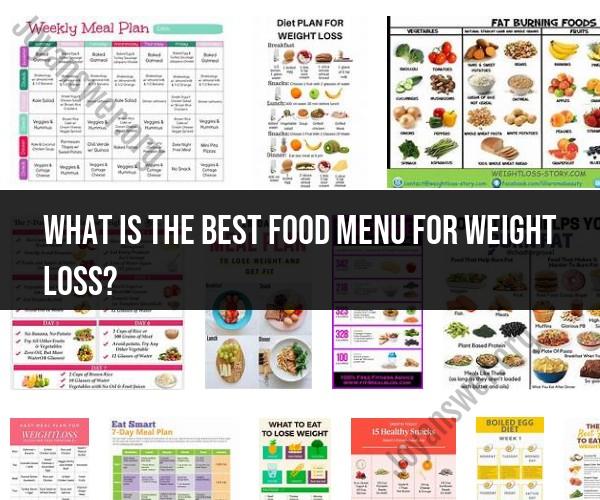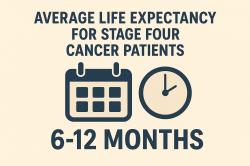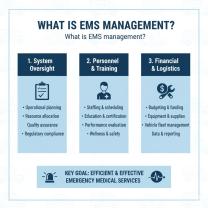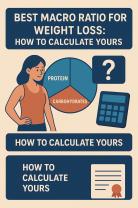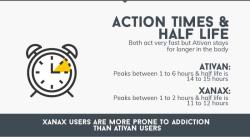What is the best food menu for weight loss?
Creating an ideal weight loss menu involves selecting nutrient-packed foods that are not only lower in calories but also provide essential nutrients to support overall health. Here's a sample menu for a day that incorporates these principles:
Breakfast:
- Oatmeal: Start your day with a bowl of oatmeal made with water or skim milk. Oats are rich in fiber, which helps keep you feeling full.
- Berries: Top your oatmeal with a handful of berries (e.g., strawberries, blueberries, or raspberries) for added antioxidants and flavor.
- Greek Yogurt: Enjoy a small serving of Greek yogurt for protein and probiotics.
- Green Tea: Sip on green tea, which contains antioxidants and may aid in metabolism.
Mid-Morning Snack:
- Apple Slices: Snack on apple slices with a tablespoon of almond butter for a balanced and satisfying option.
Lunch:
- Grilled Chicken Salad: Have a large salad with grilled chicken breast, mixed greens, colorful vegetables, and a vinaigrette dressing.
- Quinoa: Add a side of quinoa for additional protein and fiber.
- Water: Stay hydrated with water throughout the day.
Afternoon Snack:
- Carrot Sticks: Munch on carrot sticks with hummus for a crunchy, fiber-rich snack.
Dinner:
- Baked Salmon: Enjoy a portion of baked salmon for its healthy omega-3 fatty acids.
- Steamed Broccoli: Serve steamed broccoli as a side for added fiber and nutrients.
- Brown Rice: Include a serving of brown rice or another whole grain for sustained energy.
- Mixed Berries: Finish your meal with a small bowl of mixed berries for a sweet ending.
Evening Snack (Optional):
- Greek Yogurt: If you need a snack, opt for a small serving of Greek yogurt.
Hydration:
- Water: Throughout the day, drink plenty of water to stay hydrated. Sometimes, thirst can be mistaken for hunger.
Tips:
- Portion Control: Pay attention to portion sizes to avoid overeating.
- Balanced Meals: Aim for balanced meals that include protein, fiber, healthy fats, and a variety of colorful fruits and vegetables.
- Regular Meals: Try to eat at regular intervals to keep your metabolism steady and avoid extreme hunger.
- Mindful Eating: Practice mindful eating by savoring each bite and paying attention to your body's hunger and fullness cues.
- Physical Activity: Combine your healthy eating plan with regular physical activity for optimal weight loss results.
Remember that individual dietary needs may vary, and it's essential to consult with a healthcare professional or registered dietitian before making significant changes to your diet. They can help create a personalized plan that aligns with your weight loss goals and ensures you're meeting your nutritional requirements.
